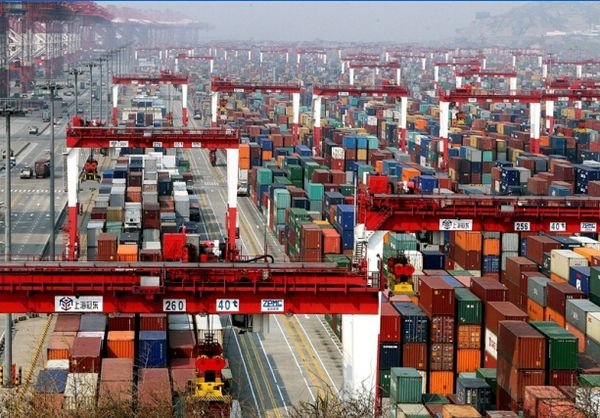率先恢复!“中国因素”提振全球航运市场

克拉克森研究显示:中国海关发布的最新数据显示2020年8月中国外贸进口金额总计达1,763亿美元,同比跌幅收窄至2.1%;外贸出口额达2,353亿美元,同比增幅扩大至9.5%,进一步从年初新冠疫情的负面影响中恢复。对航运市场来说,以吨为单位来解析中国外贸数据更为直观。作为全球贸易大国,2019年中国的海运进口量占全球进口总量的22%,出口量占全球出口总量的5%,因此中国海运贸易量的变化对全球航运市场的运力需求有显著影响。
中国进口:稳步增长
在有效的疫情防控、有序的复工复产以及有力的经济刺激政策下,中国海运贸易进口量持续恢复,7月海运进口量2.7亿吨,同比增长18%,其中干散货和原油的进口表现十分强势。7月中国铁矿石进口量增至1.1亿吨,创下历史单月最高水平。年初至今铁矿石进口量稳定增长的原因包括(基建主导的刺激政策下)粗钢产量增长推动铁矿石需求;澳巴发货量改善,发往中国的比例明显高于往年;其他需求疲软的国家将铁矿石转运至中国。7月中国粮食海运进口量同比增长33%至1,280万吨,其中大豆进口量同比增长17%,主要是因为巴西创纪录的粮食丰产(同期进口巴西大豆同比增长27%)。此外,低油价叠加炼厂高开工率推动中国原油海运进口量持续上升,7月同比增长28%至4,712万吨。当然也有部分商品进口依然承压,例如7月LPG进口量同比下滑22%,部分是由于疫情导致国内需求疲软以及国内产量的增长。
中国出口:降幅收窄
相比之下出口表现较为逊色,尚待恢复的海外需求和运输供应链抑制了中国的海运出口量。2020年7月中国海运出口量4,912万吨,同比下滑6%。其中成品油出口降幅较为明显,7月同比下滑43%(虽然国内库存高企可能会推动后期出口增加)。7月钢材出口也继续同比下滑,降幅达25%。相比之下,中国集装箱化货物出口量基本与去年同期持平,主要是因为海外需求逐步回暖叠加传统集运旺季(圣诞前)时期。
未来展望:风险管理
在一系列政策的支持下,中国经济和贸易的“重启”活动进行得较为顺利,2020年1-7月海运进口量同比增长11%,出口量降幅也收窄至6%。中国外贸的持续恢复无疑会为航运市场带来更多信心,此外我们也或将从中国经济恢复这一过程中捕捉到后疫情时期全球海运贸易潜在的动态变化趋势。对于今年下半年以及2021年的中国海运贸易前景而言,新冠疫情的风险仍然存在,虽然欧美国家已经逐步放开封锁政策,但是海外需求和国际运输通道恢复至正常水平仍需时日。部分商品库存高企也有可能抑制之后的中国进口需求。中美贸易关系仍然处于动态变化中,最近中美双方重申了他们对第一阶段贸易协议的承诺,但该实践对贸易的潜在影响仍未可知。更多有关中国经济和海运贸易的分析,详见Clarksons Research的月刊《China Intelligence Monthly/中国信息月刊》。
